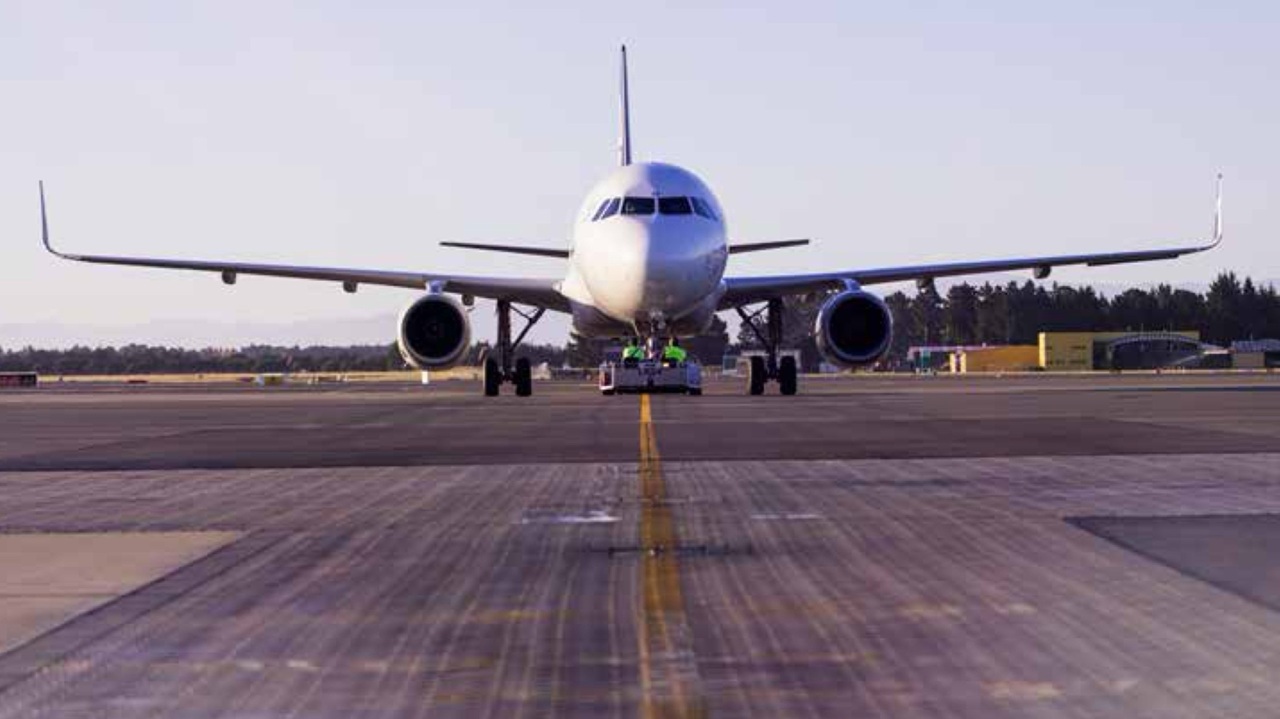Air New Zealand, (AIR) beset by maintenance issues, is forecasting a pre-tax profit of between $150 million and $190 million for the current financial year ending June 30.
At the lower end the profit would be about a third below the $222 million pre-tax earnings reported a year ago – and that figure was way down on the $574 million of pre-tax earnings in 2023.
The airline has previously said the 2025 financial year is the first full 12-month period impacted by global additional engine maintenance requirements on the Pratt & Whitney and Rolls-Royce engines that power its Airbus neo and Boeing 787 Dreamliner fleets.
And it has previously warned of a large degree of uncertainty exists regarding engine maintenance timeframes.
On Wednesday the airline provided a trading update via NZX on expected performance for the second half of the 2025 financial year. And it pointed to lower compensation being available for the maintenance disruptions.
“…Engine maintenance timeframes provided by the manufacturers remain unpredictable,” Air NZ.
“As a result, current expectations are that 11 aircraft are grounded, despite Air New Zealand securing seven additional leased engines and one further owned spare engine to stabilise the number of grounded narrow body jets.”
The airline is engaged in ongoing negotiations with engine manufacturers regarding “appropriate levels” of compensation for unserviceable engines, and accurate timeframes for engine returns.
“These discussions continue to be complicated, but Air New Zealand is exploring all possible avenues to ensure a fair outcome.”
The airline currently expects compensation recognised in the second half to be approximately $35 million to $40 million.
“This is substantially lower than the $94 million recognised in the first half, noting that approximately $30 million of the first half compensation related to a one-off settlement for other periods.”
Air NZ said while it was currently benefiting from lower fuel prices, its operations remain configured to operate around eight to 10 more jet aircraft than are presently available.
“Adjusting the business to reflect fewer aircraft in the short-term introduces considerable complexity, especially as engines begin returning to service and capacity ramps up again.”
Air NZ also noted that recent US tariff announcements “have also added uncertainty to the broader demand environment”.
“While no material changes in bookings or cargo have been observed, the company is closely monitoring the situation.”
Included in the forecast profit range is the $35 million to $40 million in compensation noted above, as well as $20 million of credit breakage expected to be recognised in the second half for unused customer credits considered highly unlikely to be redeemed. The range also assumes fuel at US$81 per barrel for the remainder of the financial year.
